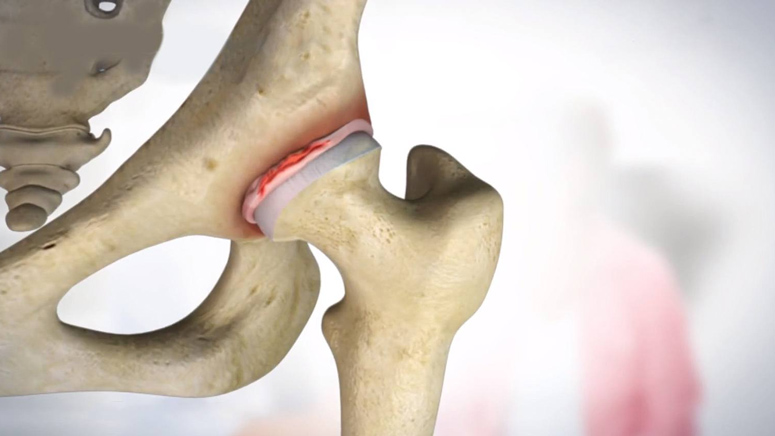Your femur, often known as your thighbone, has a ball-shaped head that slides into the socket of your pelvis. The labrum, a ring of cartilage along the socket’s edge, stabilizes the hip joint and aids in shock absorption.
This cartilage is torn in a labral tear. When you move your hip, it may cause pain, instability, and a clicking sound.
Athletes who participate in contact sports like football or hockey are more likely to sustain hip labral tears. Some persons may be more prone to hip injuries due to structural variances.
Continue reading to find out more about hip labral tears, including common symptoms, underlying causes, and available treatments.
Types of Labral Tear

Depending on where the labrum is ripped, there are often two types of labral rips.
- Anterior tearing: These manifest on the joint’s side closest to your abdomen.
- Posterior tears: The side of the joint closest to your back is where they occur.
According to 2019 research, the front side of the labrum, which is bigger and thinner than the posterior half, is where the bulk of tears occur.
92.1 percent of patients in a 2021 research of nearly 2,000 individuals who underwent arthroscopic labral repairs had anterior rips.













